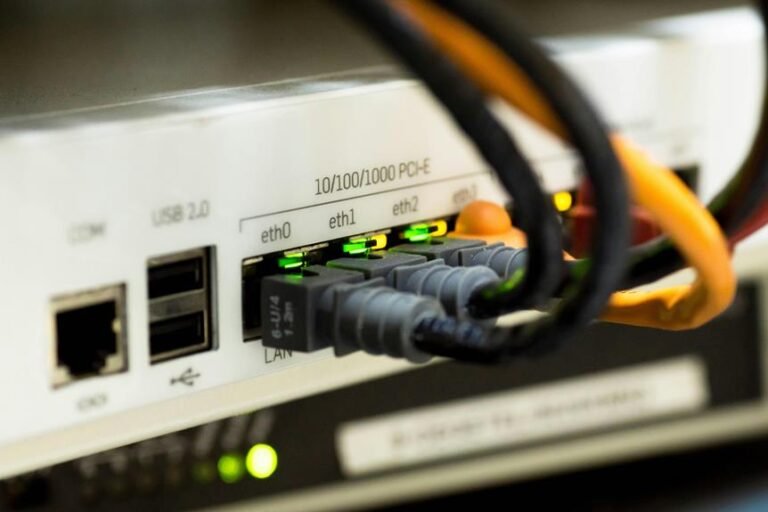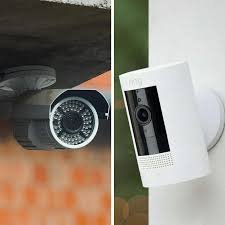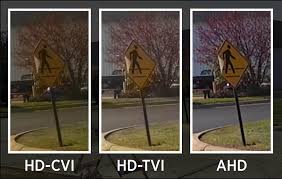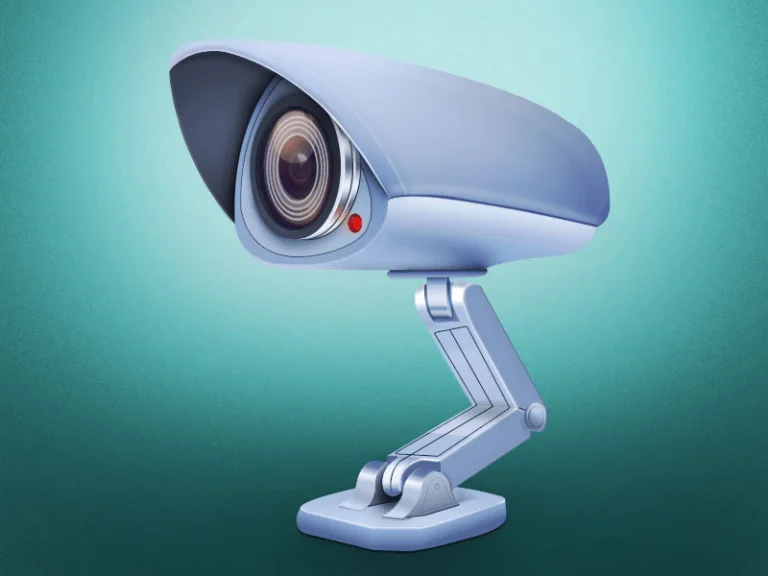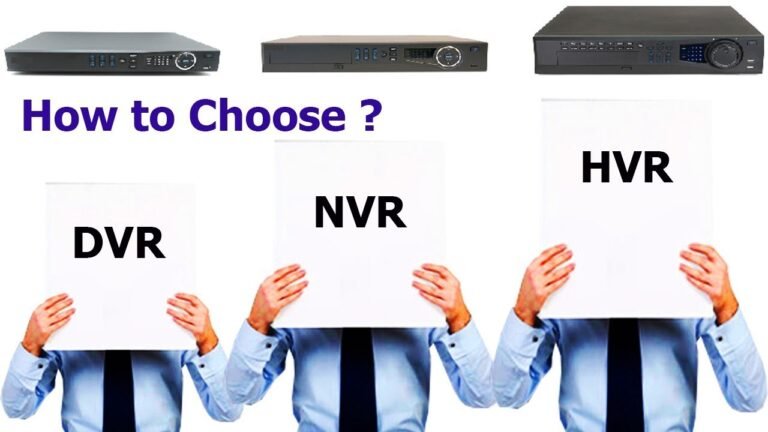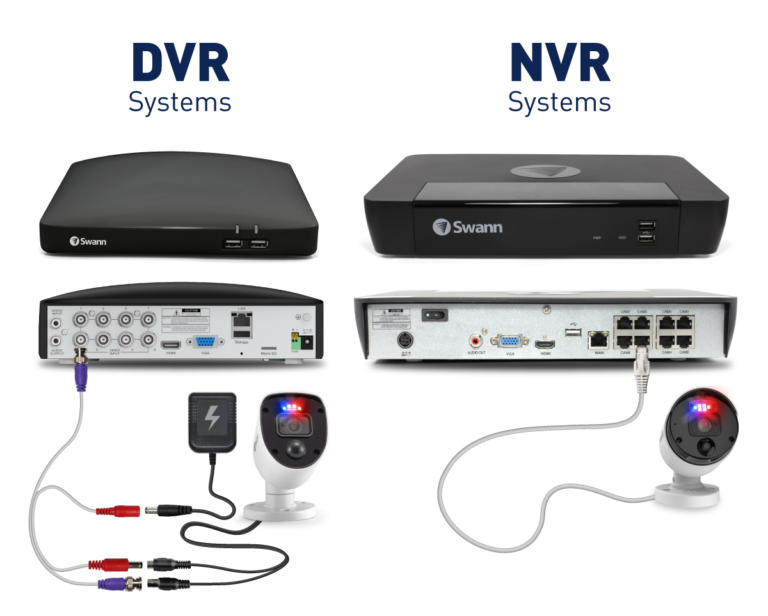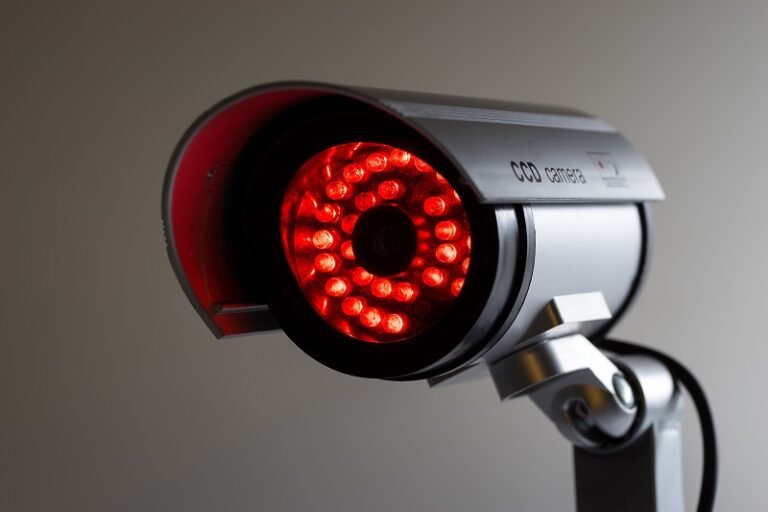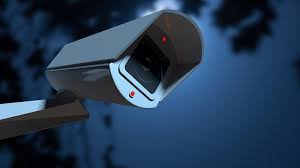How Does an RTSP Camera Work?
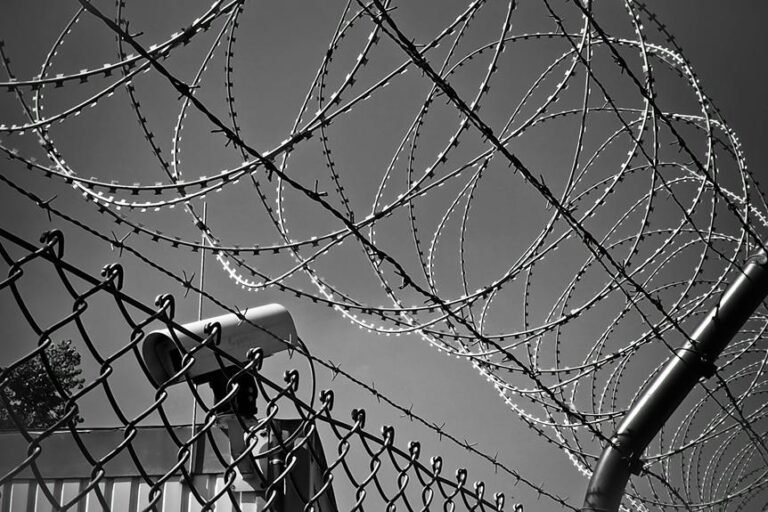
An RTSP camera works by converting visual data into electronic signals. It streams this data over a network using the Real-Time Streaming Protocol (RTSP), allowing you to control and view the footage remotely. The camera uses sensors like CMOS or…

